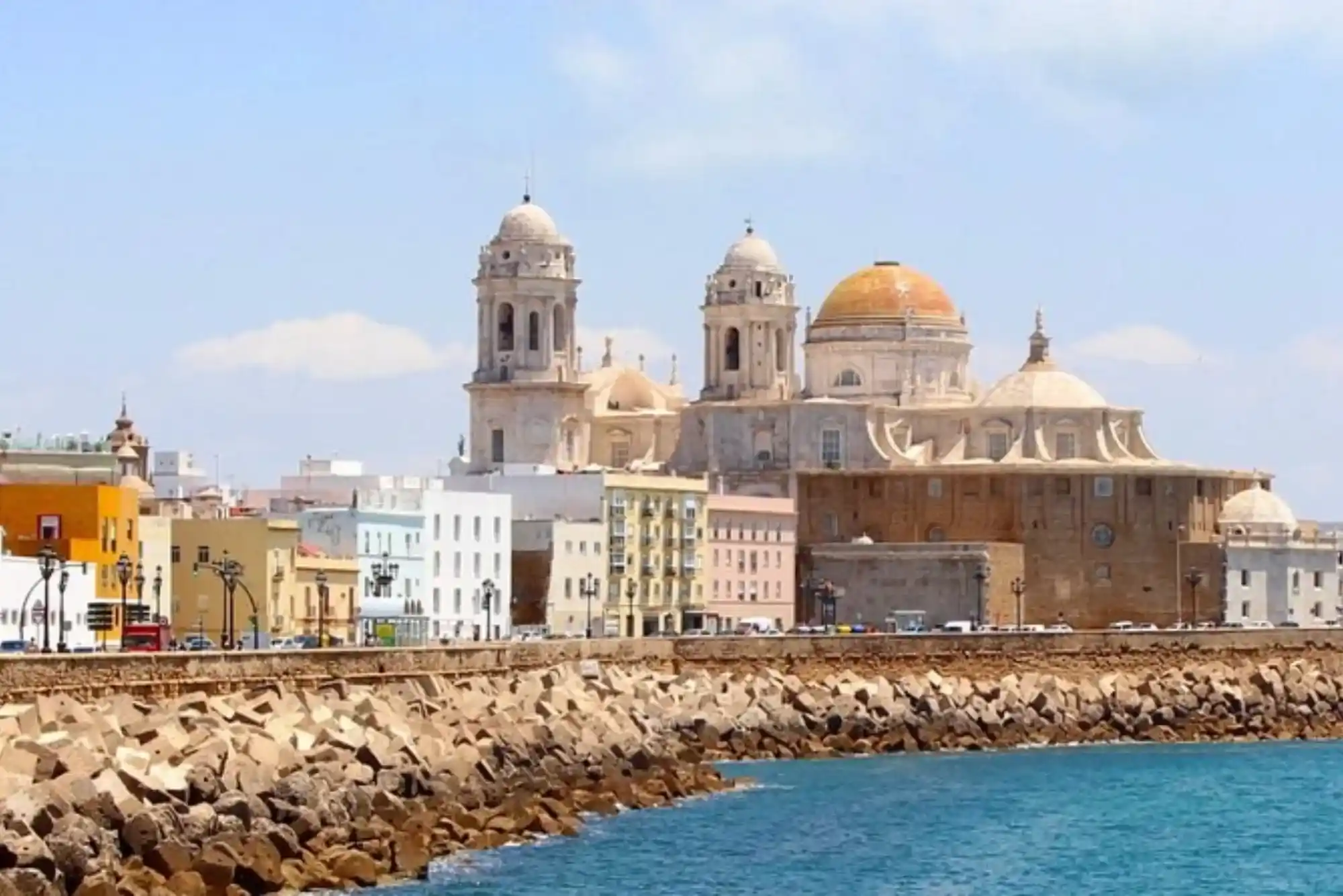The Ancient Beginnings of Cádiz
Cádiz, one of the oldest continuously inhabited cities in Europe, boasts a history that dates back over 3,000 years. Founded by the Phoenicians around 1100 BCE, this coastal gem was originally known as Gadir. The strategic location of Cádiz made it a vital hub for trade and cultural exchange in the ancient Mediterranean world. Its early settlers left behind a legacy of maritime prowess and cultural richness that still resonates today.
The Roman Era: Cádiz as Gades
Under Roman rule, Cádiz, then called Gades, flourished as a prosperous port city. It became a key part of the Roman Empire’s trade network, connecting Hispania with the rest of the empire. The city was renowned for its salted fish and garum, a fermented fish sauce highly prized in Roman cuisine. Visitors on a Free tour Cádiz can still explore remnants of Roman architecture, including the ancient theater and aqueducts, which stand as testaments to this golden age.
The Moorish Influence on Cádiz
In the 8th century, the Moors conquered Cádiz, bringing with them a rich tapestry of Islamic culture, architecture, and knowledge. The city became a melting pot of traditions, blending Moorish and Christian influences. This period saw the construction of intricate mosques and the introduction of advanced agricultural techniques. The Moorish legacy is still evident in the city’s layout and some surviving architectural elements.
The Age of Exploration and Cádiz’s Golden Age
The 15th and 16th centuries marked a transformative era for Cádiz as it became a launching point for voyages to the New World. Christopher Columbus himself set sail from nearby ports, and Cádiz grew wealthy from the influx of goods and treasures from the Americas. The city’s strategic importance also made it a target for pirates and rival nations, leading to the construction of impressive fortifications that can still be admired today.
The 18th Century: Cádiz as a Trade Powerhouse
By the 18th century, Cádiz had established itself as a major trade hub, controlling much of Spain’s commerce with the Americas. The city’s wealth attracted merchants, artists, and intellectuals, making it a vibrant cultural center. The Cádiz Constitution of 1812, one of the first liberal constitutions in Europe, was drafted here, reflecting the city’s progressive spirit and its role in shaping modern democracy.
The Decline and Resilience of Cádiz
The 19th century brought challenges to Cádiz, including economic decline and political turmoil. However, the city’s resilient spirit endured. The people of Cádiz adapted to changing times, preserving their rich cultural heritage while embracing modernization. Today, the city’s historic charm and vibrant atmosphere continue to captivate visitors from around the world.
Modern Cádiz: A Blend of History and Culture
In the 21st century, Cádiz has become a popular destination for travelers seeking a unique blend of history, culture, and natural beauty. The city’s narrow streets, colorful buildings, and stunning coastline offer a picturesque setting for exploration. A Free walking tour Cádiz provides an excellent opportunity to delve into the city’s fascinating past while enjoying its lively present.
Conclusion: Lessons from Cádiz’s History
The history of Cádiz is a testament to the resilience and adaptability of its people. From its ancient Phoenician roots to its modern-day charm, the city has continually reinvented itself while preserving its rich heritage. Cádiz reminds us of the importance of cultural exchange, innovation, and community in shaping a vibrant and enduring society. As you walk through its historic streets, you can’t help but feel a deep connection to the past and a renewed appreciation for the lessons it offers for the future.










